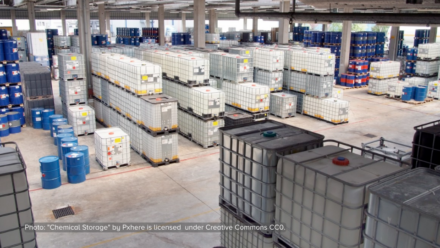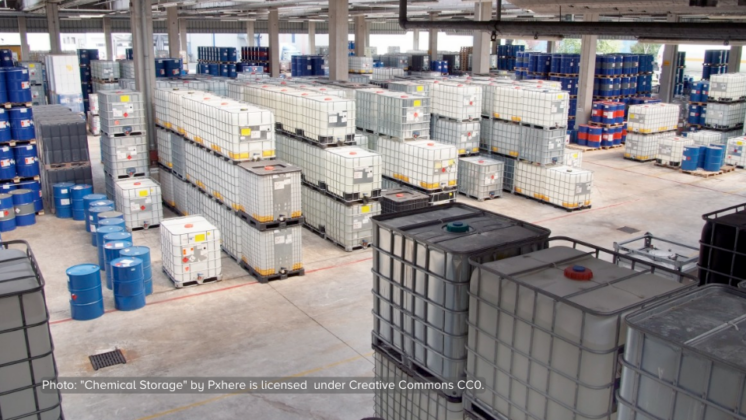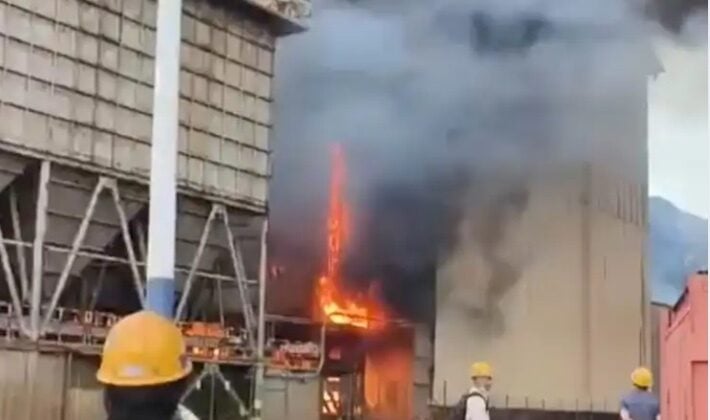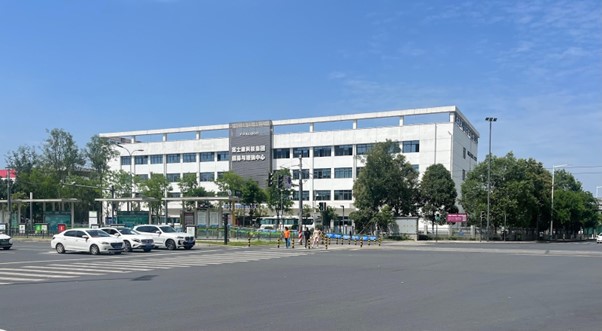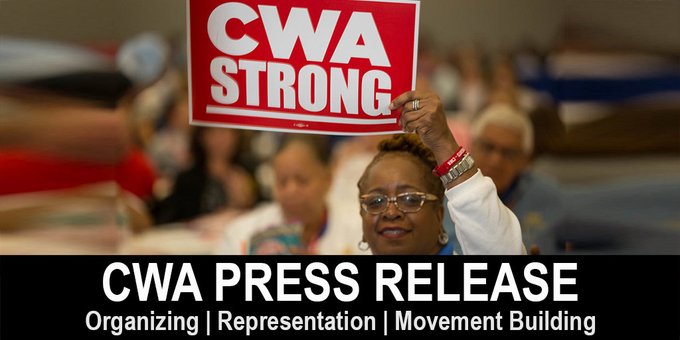The adoption of the Convention and Recommendation is a huge victory for workers and the trade union movement, which has been fighting for years to get an international labour instrument to address gender-based violence (GBV) in the world of work.
 Photo: IndustriALL
Photo: IndustriALLThe new Convention No. 190 represents an extraordinary opportunity for the trade union to move their fight against GBV forward. Under these new instruments, states will be able to adopt laws, policies and mechanisms aimed at preventing violence and harassment in the world of work, protecting workers and establishing remedies for victims.
The duties of employers, which have the primary responsibility to create a work environment free from violence and harassment, as well as the roles and responsibilities of trade unions and workers are clearly defined.
However, this is just the beginning. Trade unions must now campaign for the ratification and the implementation of both instruments in their countries.
Why is it historic?
These new instruments fill a protection gap for millions of workers, especially women, who have been suffering from violence and harassment at work. Until today, there was no law at the international level that set a baseline for taking action to address the issue.
The new Convention and Recommendation acknowledge the impact of violence and harassment in the world of work, and the right of everyone to a world of work free of violence, including GBV. Violence and harassment is unacceptable and incompatible with decent work, and a violation of human rights.
Both new instruments recognize the particular impact on women and girls and highlight the need for a gender responsive approach which will address the causes of GBV (gender stereotypes, discrimination, unequal gender based power). The specific impact of gender-based violence on other more vulnerable groups or groups in situations of vulnerability is also highlighted.
Why is the Convention a progressive and meaningful instrument?
The Convention represents a step forward with regard to protection of victims.
The term “violence and harassment” is considered as a single concept, which refers to a range of unacceptable behaviour and practices, or threats.
The Convention covers all types of harm, not only physical but also psychological, sexual or economic harm.
The trade union movement has been fighting hard to get an instrument that would protect every worker, especially precarious workers who are particularly vulnerable. The Convention protects all workers regardless their contractual status, including volunteers and interns.
Furthermore, the Convention puts forward the notion of the world of work, which applies not only to the workplace but also in spaces and situations linked to work such as work-related travel, training, events and commuting to and from work. The new instrument also deals with the risks brought with new information and communication technologies.
Under the Convention, States shall take appropriate measures to recognize the effects of domestic violence and mitigate its impact on the world of work. This could include leave for victims, flexible work arrangements, protection for the victims, protection against dismissal, and raising awareness about the effects of domestic violence.
How do the Convention and Recommendation promote trade unions?
Both the Convention and Recommendation outline the duty of governments to consult with social partners in developing laws, strategies and procedures related to violence and harassment at work. Governments should also provide trade unions resources and training on the issue, including GBV.
The Recommendation promotes recognition of the right to collective bargaining at all levels as a means of preventing and addressing violence and harassment and, to the extent possible, mitigating the impact of domestic violence in the world of work.
The new instruments also make provisions for workers and their representatives to take part in the design, implementation and monitoring of workplace policy, as well as risk assessment and identification of hazards.
Workers have the right to be made aware of all hazards and to remove themselves from a work situation which they believe presents an imminent and serious danger to life, health or safety due to violence and harassment.
In addition, trade unions join states and employers in the identification of sectors, occupations, and work arrangements in which exposure to violence and harassment may be more likely, as well as in the development of measures to protect these workers.
The Convention will enter into force 12 months after two member States have ratified it. The Recommendation, which is not legally binding, provides guidelines on how the Convention could be applied.
Reast the original article here.




